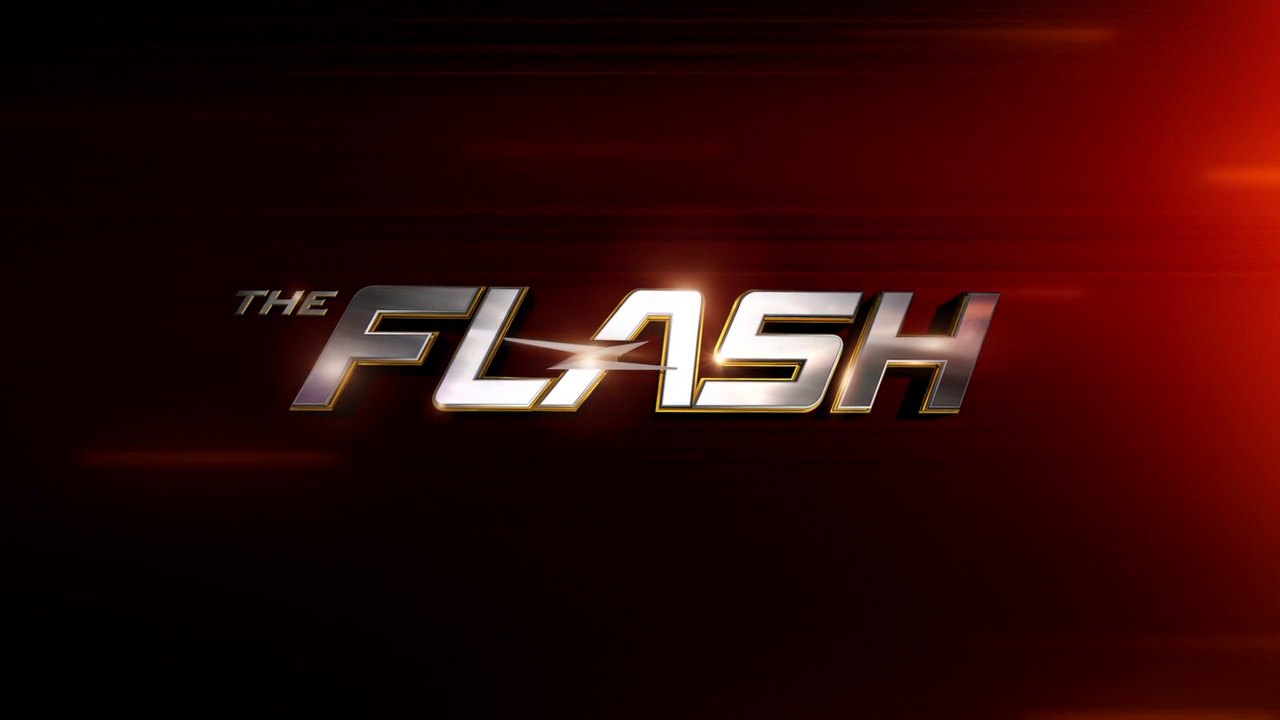NOTE: Some spoilers from throughout the sixth season of, “The Flash” are present in this review
The Flash has been noticeably struggling over its past two seasons. This is no doubt a byproduct of the shuffling showrunners, following the high-profile firing of original co-showrunner, Andrew Kreisberg in 2017. Since then, Todd Helbing has been single-handedly overseeing The Flash, excluding some brief assistance from his brother, Aaron Helbing shortly after Kreisberg’s firing. Helbing being The Flash’s sole showrunner then ultimately changed yet again after the end of Season Five, which saw Helbing retreat away from the series, to become a general producer for Warner Bros. Television. Helbing was then replaced as showrunner by former co-executive producer on The Flash, Eric Wallace for the recently-wrapped Season Six, who appeared to have some very big changes in mind for the show’s structuring.
Fortunately, it appears that Wallace’s risky new ideas were just what The Flash needed. Finally, as of the end of Season Six, the show has returned to a pretty solid creative groove, presenting better threats, more interesting storylines, and, most importantly, overall smarter and more rewarding writing. This renewed quality is more crucial than ever for The Flash to achieve as well, considering that it’s now taking over the role of the Arrowverse’s flagship series, following original flagship series, Arrow’s conclusion at the end of this past January. The Flash at least has the advantage of remaining one of The CW’s top-performing DC dramas in viewership at this point, alongside freshman Arrowverse series, Batwoman, but in order to hang on to that worldwide audience, The Flash needed to start stepping up its storytelling considerably. Thankfully, the show has risen to the occasion this year especially, even after ending up with a sixth season that was artificially shortened, following production complications resulting from the ongoing COVID-19 pandemic.
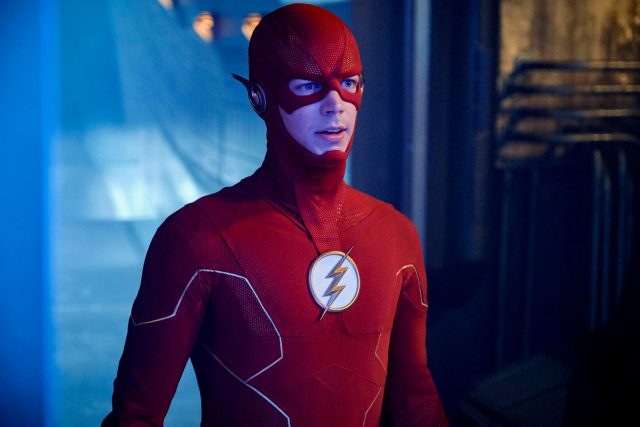
The biggest change that new showrunner, Eric Wallace made for The Flash during this past season is altering the overall narrative structure of the show. Rather than having just one arch-villain that oversees each season, as usual, The Flash instead portrays two arch-villains in Season Six, across two separate, graphic novel-esque story arcs. The first of these villains, Ramsey Rosso, a.k.a. Bloodwork, a Flash villain that only debuted a few years ago in DC Comics lore, presents an initial threat that leans into the scientific side of Team Flash, being a tragic character that turns into a monster while trying to cure his own life-threatening illness. Ramsey, played in a recurring role by Heroes alum, Sendhil Ramamurthy, serves as Team Flash’s final major threat on Earth-1 as well, the original home world of The Flash, alongside several of The CW’s other recent DC dramas.
This also signals a convenient transition for The Flash, namely midseason’s record-breaking, five (technically more!)-series crossover event, Crisis on Infinite Earths. This landmark DC television/movie crossover eventually resulted in all of The CW’s current DC dramas, alongside the recently-wrapped Arrow, being folded into one shared universe, Earth-Prime, with The Flash being on the vanguard of dealing with the aftermath of canonical, historical and universal changes within Earth-Prime, in contrast to the now-destroyed, pre-Crisis Earth-1. Team Flash picking up in the fallout of Earth-Prime also signaled the rise of a second arch-villain for Season Six, Eva McCulloch, played by Mayans M.C.’s Efrat Dor, a gender-swapped version of the second Mirror Master from DC Comics lore, Evan McCulloch. Due to the season’s artificial shortening, Eva’s machinations even ended up being successful, resulting in a first-ever instance of an arch-villain prevailing on The Flash, thus leading into a more solemn, but still hopeful, and nicely innovative conclusion to the show’s sixth season.
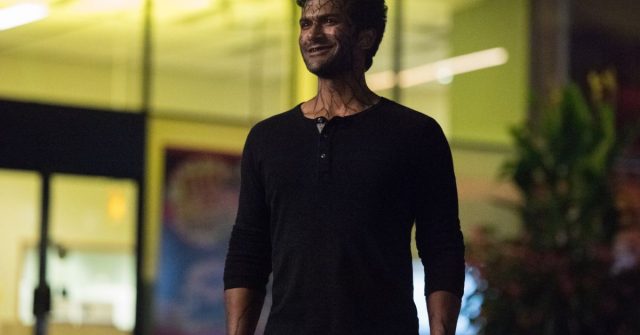
The Flash handles the transition from Earth-1 to Earth-Prime with aplomb. Not only does Bloodwork make for a nicely imposing, ethically challenging threat to Team Flash during Season Six’s first half, but the constant doomsday clock hanging over the heroes, as they brace for their eponymous leader to disappear forever during Crisis on Infinite Earths (though John Wesley Shipp’s Flash of Earth-90 ultimately sacrifices himself in Barry’s place), brought out both the best and the worst in The Flash’s protagonists to strong effect. Knowing that Barry would purportedly lose his life in the coming Crisis, as revealed in the Time Chamber’s future (now present/past) newspaper, Iris had to cope with the idea of soon losing her husband, not long after losing her future daughter, while Cisco and Caitlin, who now allows her Frost alter-ego to take the driver’s seat in Caitlin’s life for much of this season, have to try and think about protecting Central City after Barry is lost. It’s a nicely morally complex idea that leads to some pretty great storylines during the front half of The Flash’s sixth season, even if Barry cheating death is pretty much inevitable, since you can’t have a show about The Flash without The Flash.
Thus, fan theories about Kid Flash himself, Wally West taking over the series’ lead role turned out to be wrong. Instead, the latter half of Season Six saw Team Flash struggling to keep up with the numerous world changes on Earth-Prime, which creates new villains, restores old villains, weaves altered history, and, most importantly, spawns a highly dangerous new Particle Accelerator victim. That victim is the previously mentioned Eva McCulloch, a new Mirror Master for Earth-Prime, who challenges Team Flash by kidnapping and trapping Iris early in the season’s back half, before replacing her with a more blunt, aggressive and resourceful clone. With Eva effectively being omnipotent, able to freely move in and out of any reflective surface, while also being able to create copies of Team Flash’s friends and allies, Barry and his crew had a massive first arch-villain to contend with on Earth-Prime, particularly after eventually discovering that their own ‘quarterback’ had been replaced with a fake. These conflicts were made even more exciting after Barry had to face accidentally killing the Speed Force during Crisis on Infinite Earths as well, which leaves him and Wally with a limited supply of speed that’s constantly threatening to permanently run out, as Eva’s plans grow ever more deadly and ambitious in scope.
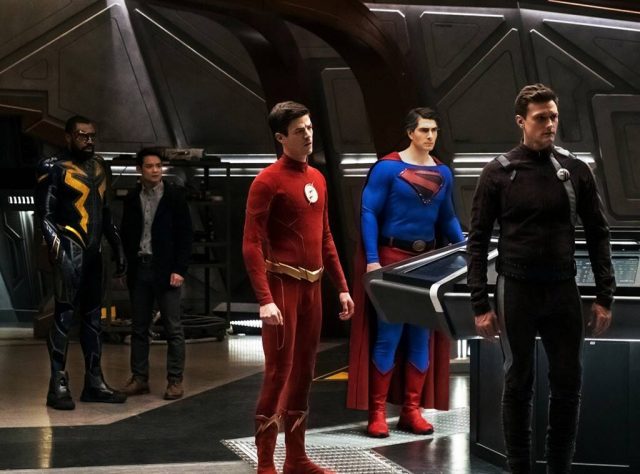
It’s amazing how effectively The Flash avoided being compromised towards the end of this season, even after losing three planned episodes to the COVID-19 production shutdowns, which are now being moved into the upcoming Season Seven. Despite the great arch-villains, inspired new narrative structure, and surprisingly satisfying premature ending to Season Six of The Flash however, the season does still have a few problems, which ultimately hold it back from recapturing the spectacular storytelling momentum from Season One and Season Two. Chief among these problems are that the new Team Flash members of Season Six aren’t too interesting. Tom Cavanagh is stuck playing yet another new Harrison Wells doppelganger in Season Six most notably, that being Nash Wells, a multiversal explorer that eventually ends up unleashing the Anti-Monitor, the central threat behind Crisis on Infinite Earths, and the total destruction of the old, pre-Crisis live-action DC Multiverse. This is an interesting idea, but Nash is a disappointingly uninteresting Wells doppelganger. Even Nash’s time as ‘Pariah’, a key Crisis on Infinite Earths personality that dates all the way back to the original 1980’s story arc of the same name from DC Comics lore, ultimately feels like a waste, failing to contribute much to the crossover, beyond a Deus Ex Machina device.
Likewise, Allegra Garcia, a very minor character from DC Comics lore, ends up becoming a protegee of Iris at the Central City Citizen, Iris’ new independent news outlet. Allegra also happens to be a doppelganger of Nash’s seemingly dead adopted daughter, Maya, which causes some strange tension between the two. None of it ultimately matters though, since Nash and Allegra are both rather dull characters. On this note as well, as much as it’s exciting in concept that The Flash can use the creation of Earth-Prime to re-write some of its less appealing villain storylines of the past, especially considering the show’s alarming habit of rapidly burning through some very high-profile Flash enemies from DC Comics lore, it still feels like the show is a little hamstrung with what it can portray on Earth-Prime in some respects. We’re still getting less interesting versions of familiar villains-of-the-week, like Turtle for example, alongside an entire metahuman villain organization called ‘Black Hole’, which has some decent storylines here and there, but is otherwise saddled with nothing but light-based metahumans among their enforcer ranks at this point, two of which, Ultraviolet and Sunshine, don’t even exist in other DC media, and are made up entirely for this show. Eva McCulloch may be an awesome new villain presence, but her husband, Joseph Carver, the leader of Black Hole, always felt like he was playing second fiddle to his wife, despite Eva spending almost the entire season trapped in a mirror universe, or, “Mirrorverse.”
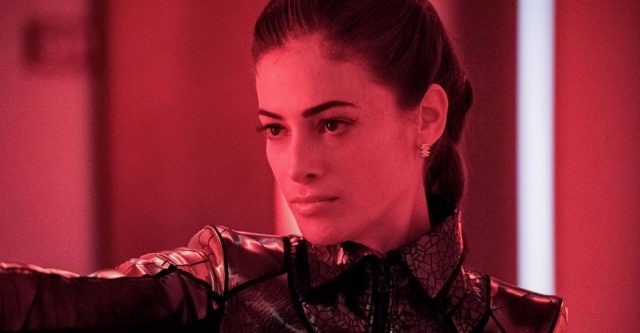
What allows The Flash to regain a ton of narrative momentum in Season Six however is how well this season manages to exploit and adapt to some very large-scale, ambitious narrative shifts, leading to a season that feels a lot less predictable, and a lot more flexible in its storytelling. Even after the universe itself is re-written, The Flash manages to develop some very inspired storylines surrounding the established characters trying to thrive again in a whole new world, even if that world isn’t fully living up to its immense lesser villain potential yet. Even before that, the apparent inevitability of Barry’s death continued to push Team Flash to new heights of drama during the season’s front half, giving the heroes one of their biggest tests, right before they had to face the Anti-Monitor, alongside most of The CW’s other current DC heroes. Despite two rather weak seasons to come before this, The Flash wasn’t ultimately disturbed by having to alter its entire story template during Season Six’s back half. This allows Crisis on Infinite Earths to excellently anchor the entirety of The Flash’s most recent season, to a much greater degree than The CW’s other ongoing DC dramas, while nonetheless providing two very distinct, but equally appealing angles on that multiverse-changing conflict, and how it continues to evolve Team Flash as heroes.
I haven’t felt this good about The Flash’s future prospects in years. Season Six presents one of the freshest and most interesting seasons of The Flash since 2016, even if the show still has some room to improve, before it can fully recapture the excellent storytelling from its debut. While some of the new characters don’t work as well as others, and the most exciting Earth-Prime obstacles clearly appear to be reserved for future seasons, Season Six represents some huge steps in the right direction. The Flash has been in a bad way for a while, noticeably trailing most of The CW’s other DC shows, but finally, it appears that the show has found a new creative niche to thrive in. Thus, maybe a changing of the guard is exactly what The Flash needed all along, with new showrunner, Eric Wallace so far proving to be very capable when it comes to reinvigorating the show’s narrative. Not even the COVID-19 pandemic could ultimately trip up The Flash’s sixth season in the end, leaving the show in a prime position to keep pushing Team Flash with extraordinary new threats, even after their latest arch-villain proved to be temporarily victorious. The pandemic has still immensely stalled The CW’s future seasons, to the point where The Flash isn’t set to return for Season Seven until at least January, skipping the usual Fall debut for new Arrowverse episodes, but finally, where that would have felt like a serious blow a season or two ago, it no longer feels like an issue after Season Six.
The Flash had more than a few close calls this season, both in-universe, and in the real world. Now that The Flash has officially taken up the mantle of the Arrowverse’s flagship DC drama however, in the wake of Arrow’s conclusion, the series fortunately managed to find the path to its former glory, right when it counts most. Here’s hoping that The Flash can keep making great strides next season, when Barry can finally run again, in 2021.

